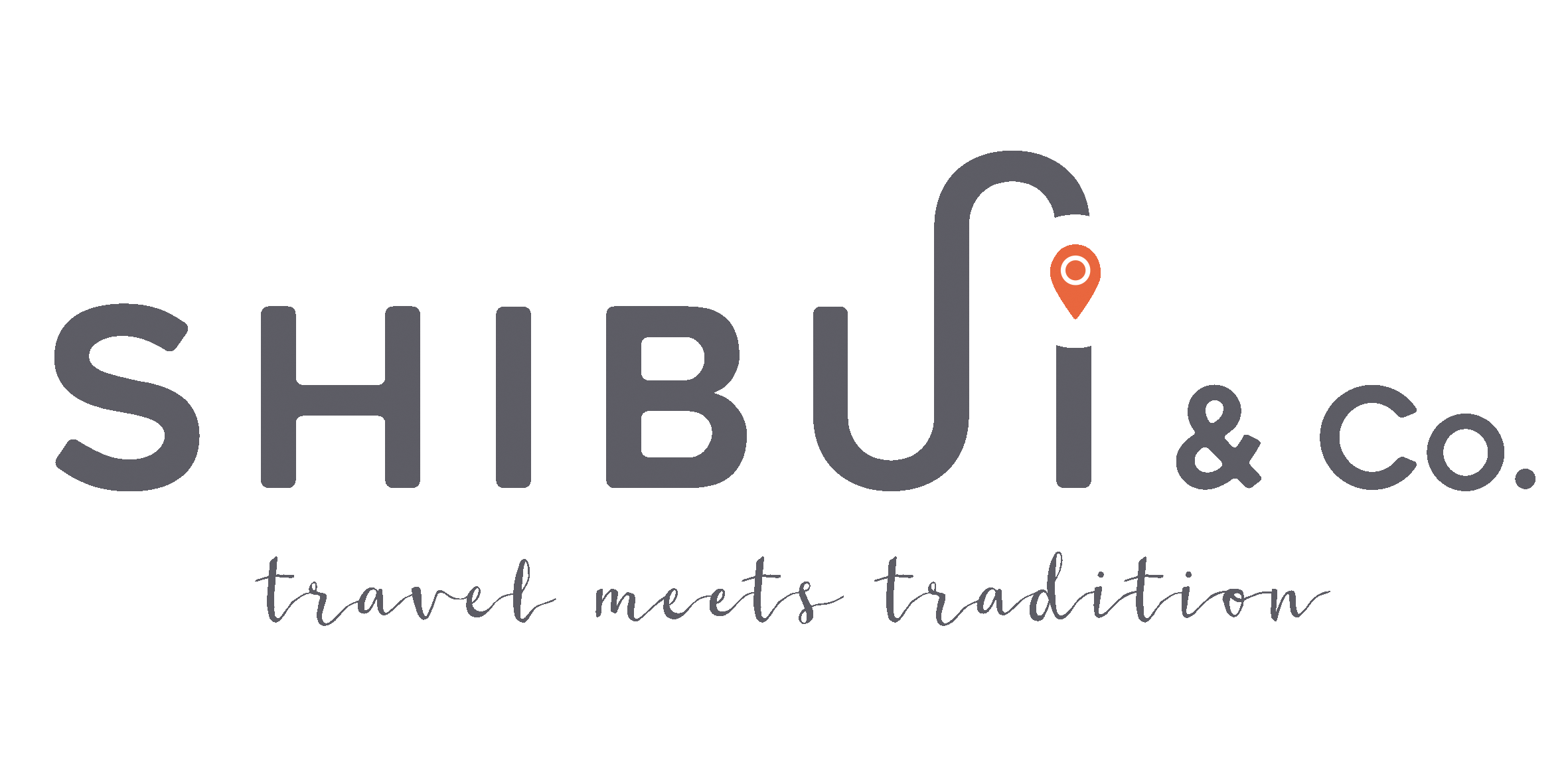SLOW TRAVEL in Arnhem Land, Australia
WELCOME TO 'YOLNGU WORLD’
Where the 'Balanda world’ (white mans world) celebrate with the oldest civilisation on the planet!
IMAGE: 'Yothu Yindi' - 'mother/child relationship' has a special place in the ‘Yolngu’ world. One that signifies harmony and balance. Photo by Melanie Faith Dove.
slow travel in arnhem land, australia | traditional landowners Yolngu people | event garma festival | hosted by Yothu Yindi Foundation (YYF)
interview with Denise Bowden (CEO, YYF & Director, Garma Festival) | photography contributed by Peter Eve, Melanie Faith Dove & Teagan Glenane (YYF)
ANCIENT, remote, unspoilt, slowly trodden and softly spoken… arnhem land whispers in rhythm with THE traditional owners of this sacred land, the Yolngu people.
arnhem land is also pride of place for the Garma festival, Australia's premier Indigenous annual event and cherished cultural celebration of the Yolngu people of Northeast Arnhem Land in the northern territory, hosted by the Yothu Yindi Foundation.
THIS ONCE-IN-A-LIFETIME IMMERSIVE EXPERIENCE unites the ancient 'Yolngu world' and the 'Balanda world' (white mans world) as one, and provides a truly unique encounter with the oldest civilisation on the planet!
Sadly, garma has been cancelled two years in a row, (pandemic protection), but this is an extraordinary activity to include in future travels down under!
Ancient, remote, unspoilt, slowly trodden and softly spoken… Arnhem land whispers in rhythm with the Yolngu people. The traditional owners of this sacred land. Arnhem land is also host to the Garma Festival, a cultural celebration of the ancestral heritage and traditions of the Yolngu people. Please tell us about the traditional way of life of the Yolngu people.
Culture remains strong in Arnhem Land, but Yolngu people proudly walk in two worlds… the Yolngu world and the Balanda world, (white man’s world). Outsiders might be surprised how seamlessly Yolngu people navigate between the two. Most would tend to think in extremes, a person is either living a traditional way of life, or not, but Yolngu people very much combine the two.
If you could describe the feelings that surface when standing inside the vast wilderness of Arnham land, what comes to mind?
For First Nations People, nothing quite compares to the feeling of being on country, regardless of where that is, and the same can be said of Arnhem Land. It has tremendous significance for the clans of the region, whose identity is inextricably linked to the land and the sea. Gulkula, the site of the Garma Festival, is connected with the actions of a mighty Yolngu ancestor, Ganbulabula, a master of the ceremonies who brought the yidaki (didgeridoo) into existence among the Gumatj clan.
Placing the Garma Festival as the premier, indigenous Australian, cultural event to experience at least once, what do you think the most rewarding sentiment for the local communities of Arnhem Land is, to know that their Australian dreamtime story is an ancient wonder of the world, sacredly regarded and adored by millions?
Garma is a chance for people to learn about Yolngu culture. Workshops throughout the day allow guests the opportunity to sit with senior knowledge-holders and become acquainted with different aspects of that, from language and kinships lessons, to weaving, spear-making and jewellery craft. There is an important cultural exchange taking place. An education of sorts for our visitors. But Garma is also about shaping the policy and political debate, and ensuring that Yolngu voices are heard in the national conversation on issues affecting Aboriginal and Torres Strait Islander people.
As the founding event organisers of the Garma Festival, please tell us about the Yothu Yindi Foundation? What does ‘yothu yindi’ and ‘garma’ mean?
The Yothu Yindi Foundation was established in 1990 to promote Yolngu cultural development with community leaders and persons of authority from five regional clan groups: Gumatj, Rirratjingu, Djapu, Galpu and Wangurri.
The mission of the Yothu Yindi Foundation is for Yolngu and other Indigenous Australians to have the same level of wellbeing and life opportunities as non-Indigenous Australians. The Foundation is a not-for-profit charitable, public benevolent institution, with an all Yolngu Board of Directors.
The words ‘Yothu Yindi’ translate to ‘child-mother’, and they reference to a relationship which has a special place in the Yolngu world. One that signifies harmony and balance. Garma takes that concept even further… a coming together where the freshwater and saltwater meet, combining and moving forward as one.
The first Garma was held in 1999, and was little more than a quaint backyard barbecue, a small-scale affair with only a handful of outsiders. It has certainly grown since those days, but for local Yolngu families, it very much remains a community event and a family meeting place.
Garma has three main aims:
> Provide contemporary environments and programs for the practice, preservation, maintenance and presentation of traditional knowledge systems and cultural traditions and practices, especially Bunggul (traditional dance), Manikay (song), Miny' tji (art) and ceremony;
> Share knowledge and culture, thereby fostering greater understanding between Indigenous and non-Indigenous Australians;
> Develop economic opportunities for Yolngu through education, training, employment, enterprise and remote Indigenous community development.
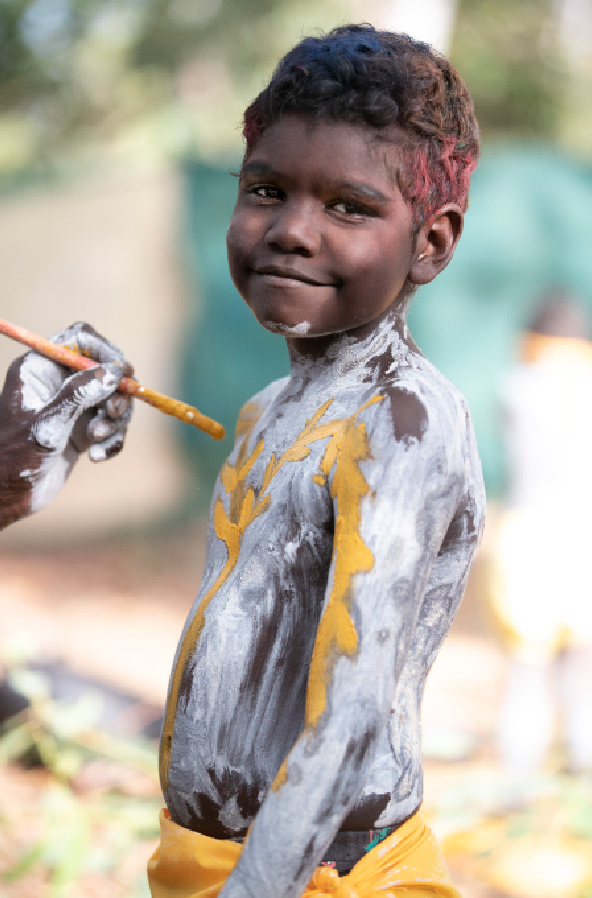
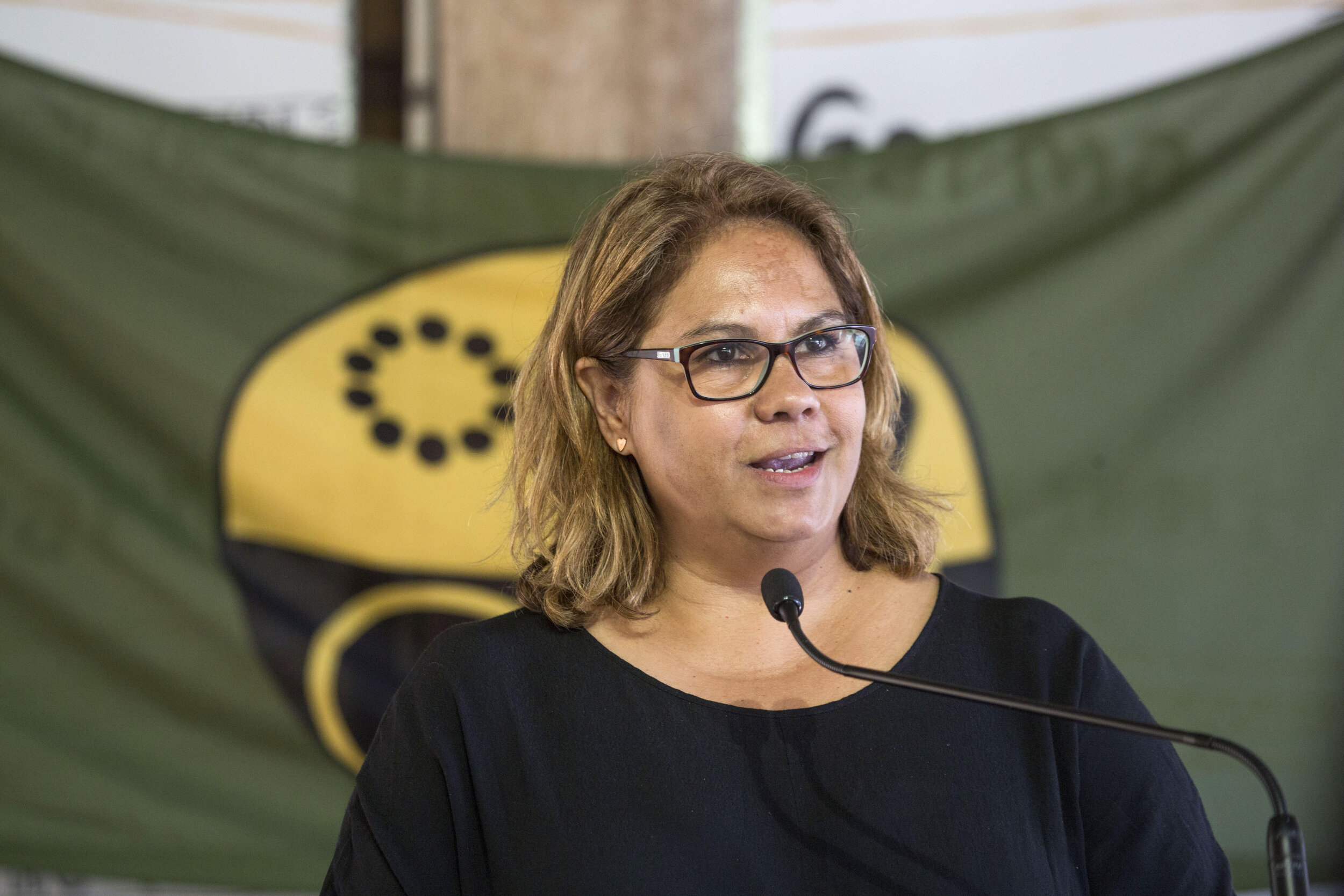
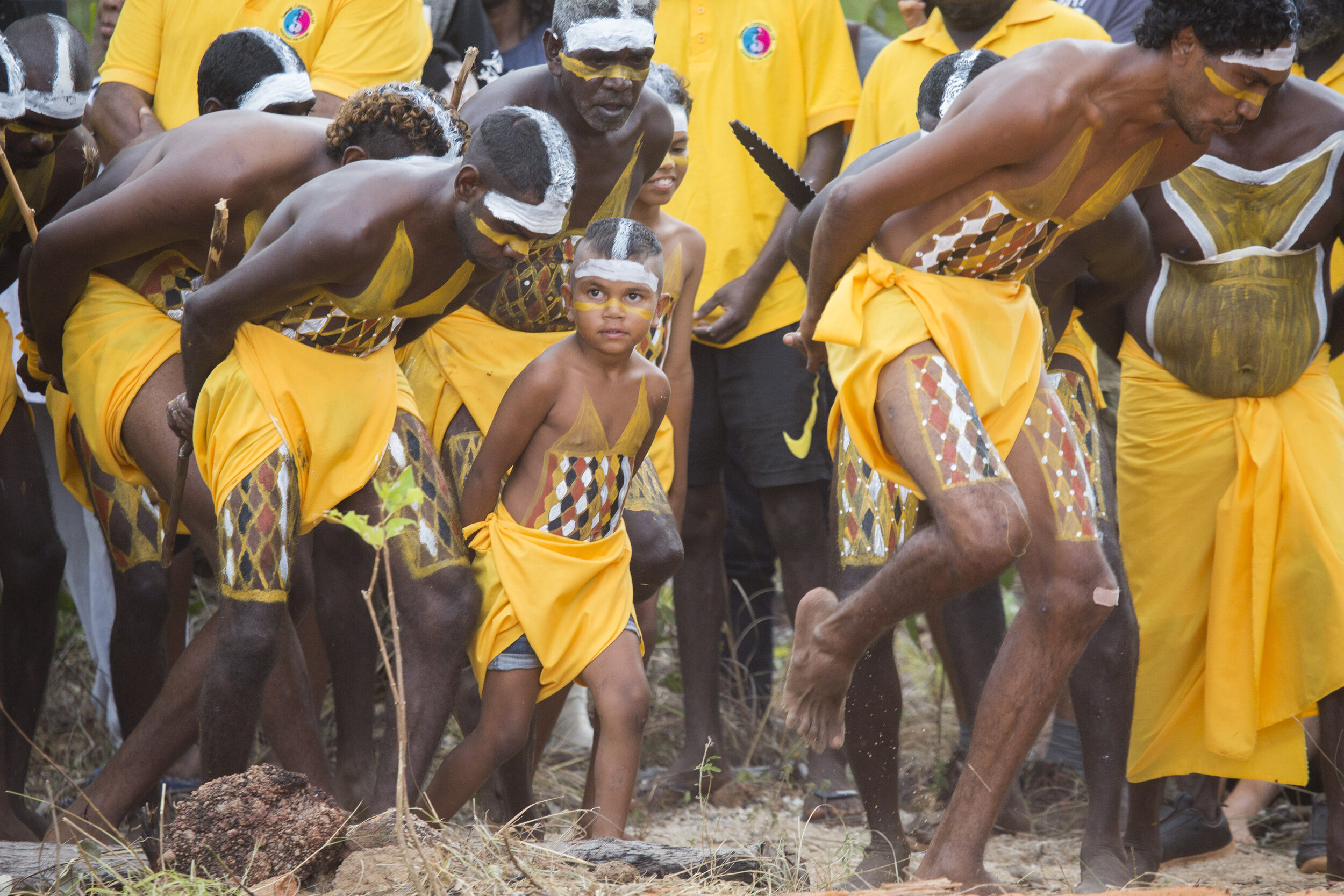
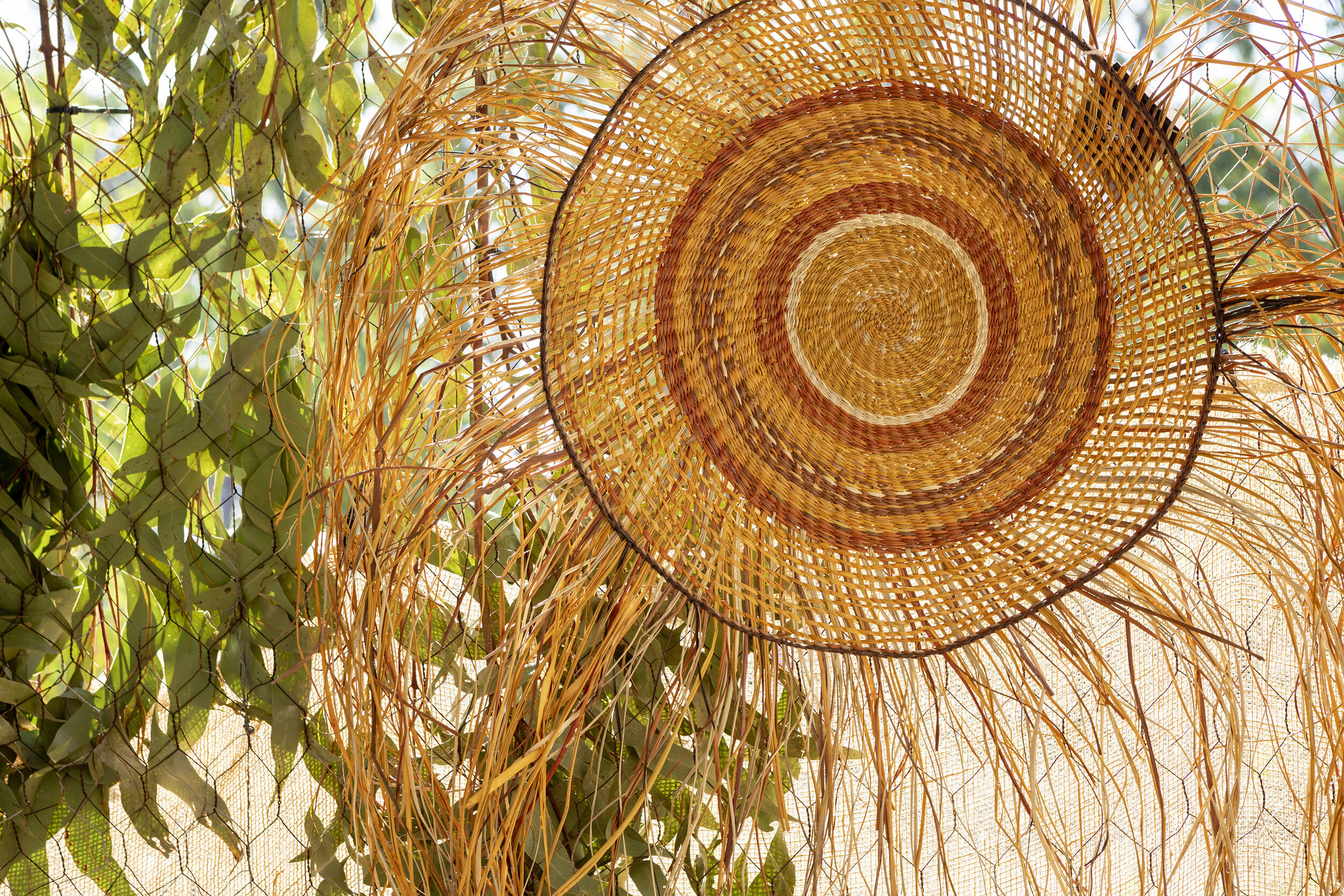
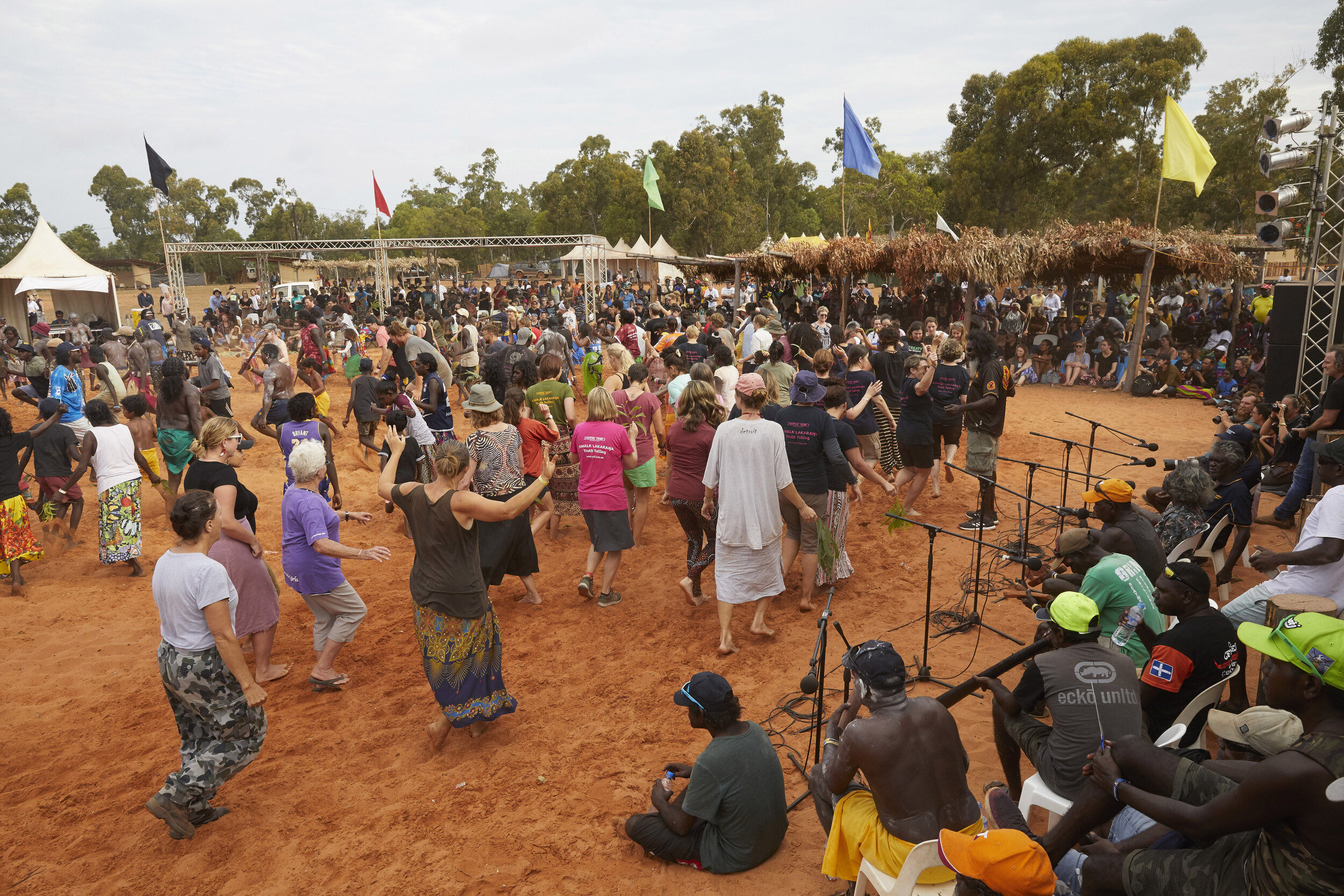
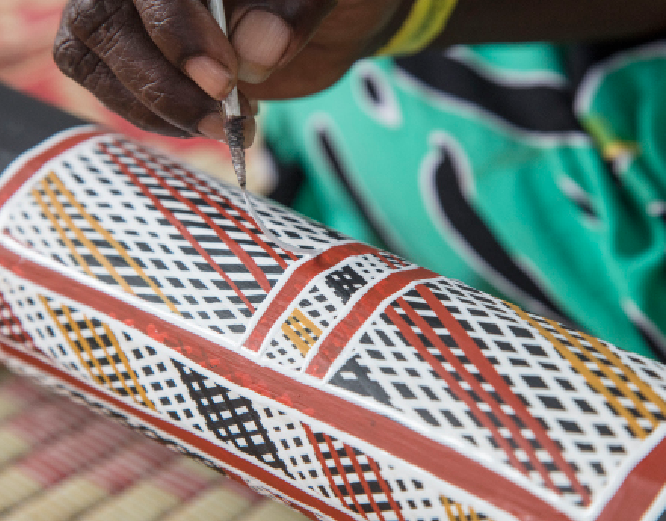
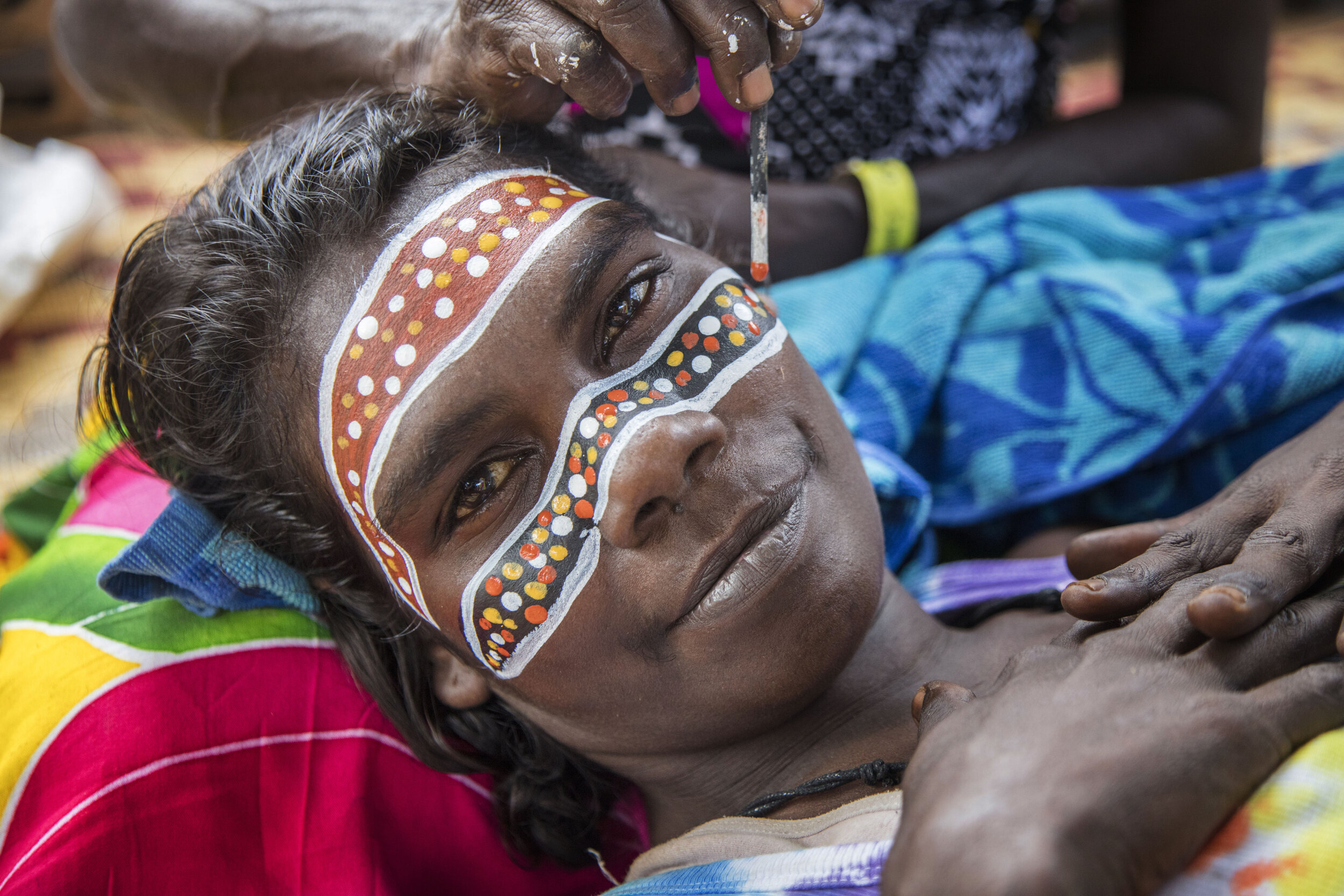
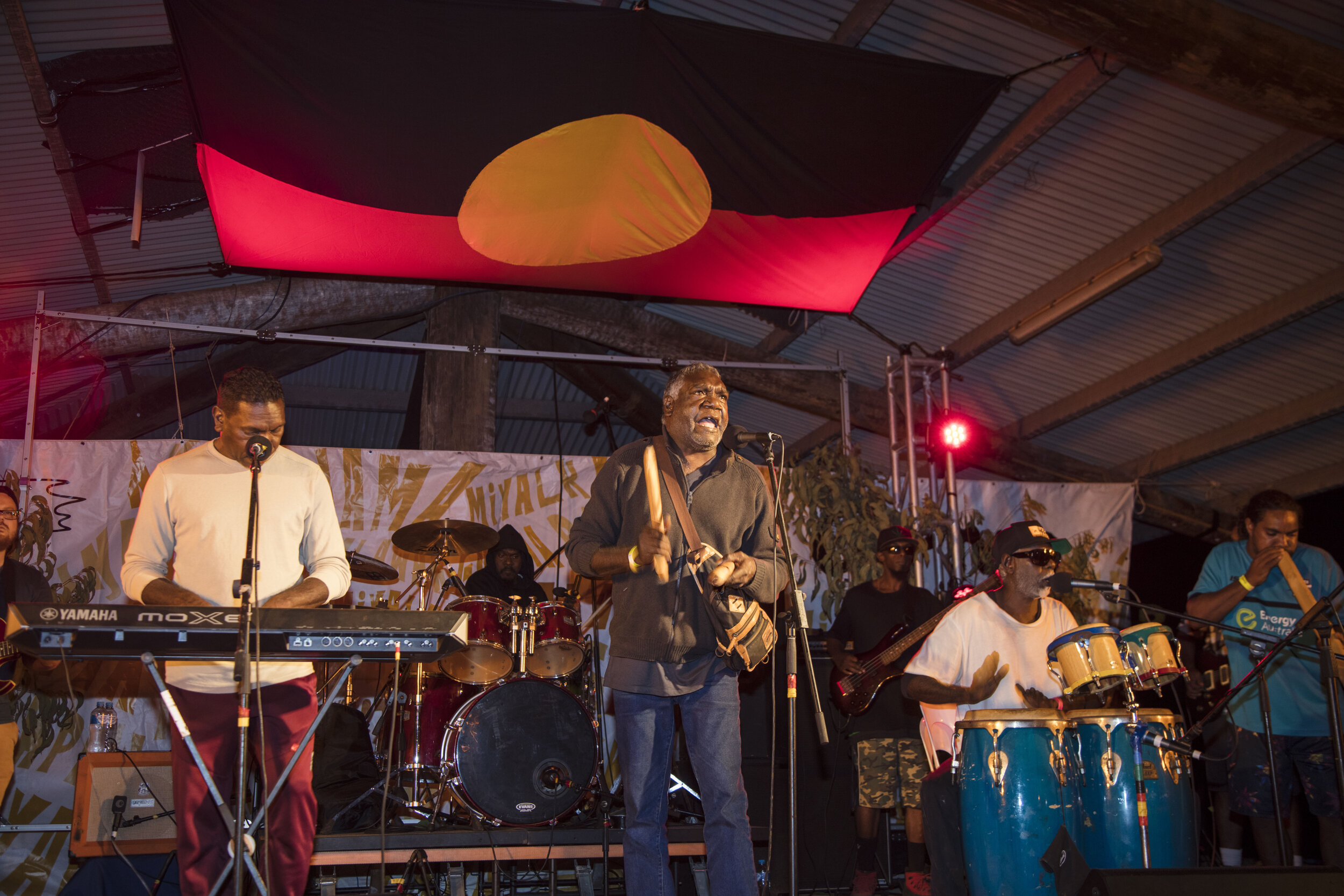
The Garma festival is an internationally recognised cultural celebration that (pre-covid) has drawn in historians, academics, storytellers and travellers from all over the globe. What do you think is the most important wisdom that a visitor should retain on leaving Garma (or Arnhem Land), to take back to the contemporary world?
The beauty of Garma is that everyone will take something different away from the festival, their own unique perspective or understanding. Best advice is to keep your eyes and ears open… there’s a lot going on and a lot to take in. My personal gain has come from experiencing a rich Australian language in Yolngu Matha, and acquiring a deeper understanding of the complexity and sophistication of Yolngu philosophy.
Indigenous communities travel across Northern Territory to gather at the Garma Festival each year to share their knowledge and traditions with all walks of life. What are the traditional customs and crafts specific to this region of indigenous Austrlia?
The key elements of Yolngu culture are the essence of Garma: Manikay (traditional song); Bunggul (traditional dance); Miny’tji (art); storytelling and ceremony. The afternoon Bunggul is a special highlight… the call of the yidaki summoning all to the dance grounds, the rhythm of the bilma (clapsticks) keeping time, and the voices of the song men crying out. There’s also the chance to immerse in the different aspects of Yolngu culture over four days, such as learning how to dye and weave the traditional Yolngu way, and, for women… women’s healing.
Is there a local language or custom useful to know before arriving to arnhem land? what are some friendly words or phrases?
A group of languages known as Yolngu Matha is spoken throughout Arnhem Land, and it’s nice to learn a few phrases before coming to Garma.
Nhamirri nhe means, ‘How are you?’
Manymak translates to, ‘Ok, good.’
Yolngu Matha shares a number of common words with the Indonesian language, courtesy of the historical trading links with the Macassans. For example, Rupiya translates to ‘money’ in both languages.
Most recently, there has been an urgent shift of awareness to sustainability, resilience and self-sufficiency, which we believe is how indigenous cultures around the world have been surviving over centuries. If there is one thing to be learnt from the custodians of the Garma Festival, what would it be?
I don’t think it’s any one thing. Holistically, people who come to Garma leave with a deeper understanding and appreciation of Yolngu culture, but they also take away the ideas, discussions and themes which permeate the festival, and hopefully share those insights with their families, friends and colleagues.
Can you recommend a surrounding place or experience to add to the travel itinerary while on a visit to this remote part of indigenous Australia?
Make sure to pay a visit to one of the many amazing art centres in this part of the world, such as Buku larrnggay in Yirrkala, about 30 mins drive from the Garma site. If you have time, take a trip to Bawaka and Bremer Island. Simply spectacular country and the fishing is ok too.
